Taping the face before bed. Contouring with sunscreen. The so-called “morning shed.”
When people first hear about certain internet beauty trends, they can immediately identify the hazards involved in them, but others can seem appealing to the average person.
On the surface, skincare tips like these are simple things, but when they dig deeper, they will find a plethora of reasons they can cause permanent damage to both skin and health as a whole.
When a person is insecure, they’re susceptible to suggestions like these. That’s the problem. In a 60-second video, an influencer can promise a quick fix to bad skin, hair or health, and consumers follow their advice, unaware of the deeper effects of these “easy hacks.”
One of the most commonly recommended in recent summers has been the “sunscreen contour.” To get a contoured look, influencers will apply sunscreen on certain parts of the face, letting the rest be tanned when they go outside. It sounds harmless—useful, even— when it’s said in the short amount of time TikTok provides. However, what viewers don’t realize is the inherent harm of selectively wearing sunscreen. When a person gets a tan, that is skin damage. When left untreated, the area has a much higher risk of contracting skin cancer, especially if this is done on a regular basis.
“Sunscreen should be applied evenly across all exposed skin to ensure complete protection,” according to Naples Dermatology and Skin Cancer.
Another popular trend has been the advent of the “skincare routine”, especially when pressed onto young teens and pre-teens. These can include lengthy sequences of serums, cleansers and moisturizers. While the concept is promising, the manifestation is much more sinister. Children as young as nine years old are being pressured to buy and use products like retinol, and hyaluronic and salicylic acids.
The negative effects of these are already clear in the younger population. Such products aren’t intended to be used by such young consumers, nor are they formulated with sensitive young skin in mind.
“Products with retinol, high-strength AHAs, other acids and ‘active ingredients’ are not meant for young, developing skin,” as noted by Connecticut Children’s Hospital. Furthermore, many of the people using these products at a young age have no need for them. The prevalence of platforms such as TikTok has exacerbated this problem by creating an unattainable standard of looks for teenagers. Many feel as though they have to look like adults, or the “perfect” influencers that abound online.
There are also some trends that, while not inherently harmful, still promote a high standard of beauty in teenagers who shouldn’t worry about it. A prime example of this is the relatively new trend of the “morning shed.” Creators online will layer serums, face masks, and other beauty products to go to sleep, and remove them all at the same time in the subsequent morning. Although it may seem like a quick way to do skincare without a lot of effort, and few can deny watching the videos is satisfying, this trend can be dangerous to the general public in more ways than one.
According to HealthCentral, the combination of different formulas found in skincare products can counteract each other when layered, resulting in flare-ups and breakouts.
In addition, the majority of these products are single-use and their promotion in turn promotes wasteful practices.
Throughout history, humanity’s “influencers” serve as the close network to people in a community—people who generally have a person’s best interest in mind. It’s only now that the scope has been widened, and trends like the ones mentioned above are able to be spread worldwide, sometimes for the sole purpose of making money. Teenagers, and anyone who uses social media, must be vigilant and do research before blindly following TikTokers and harming their health in the process.

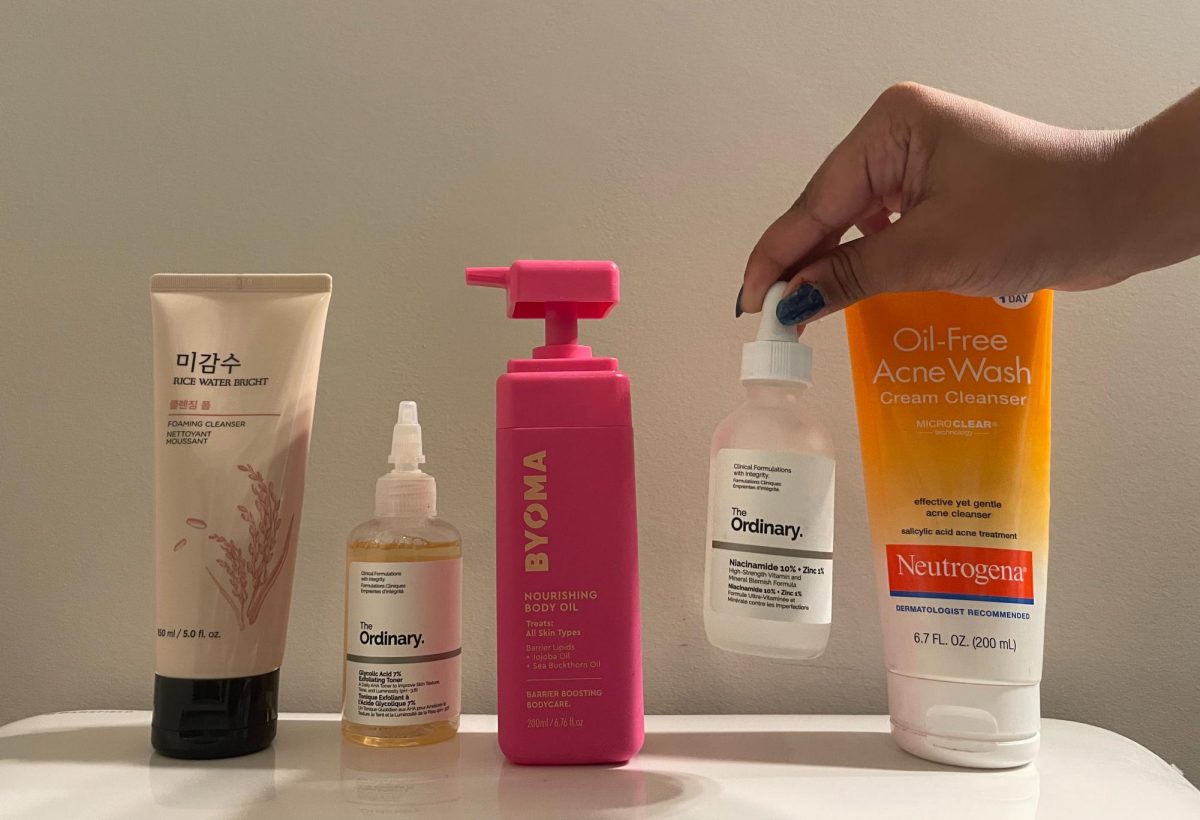
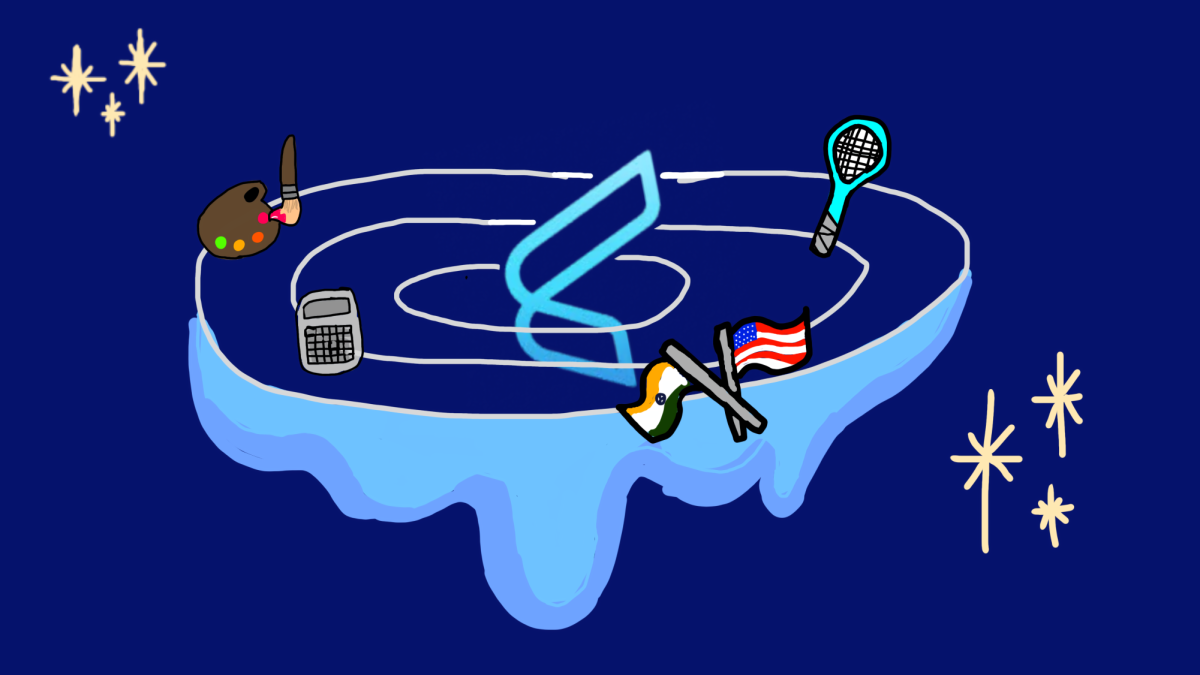


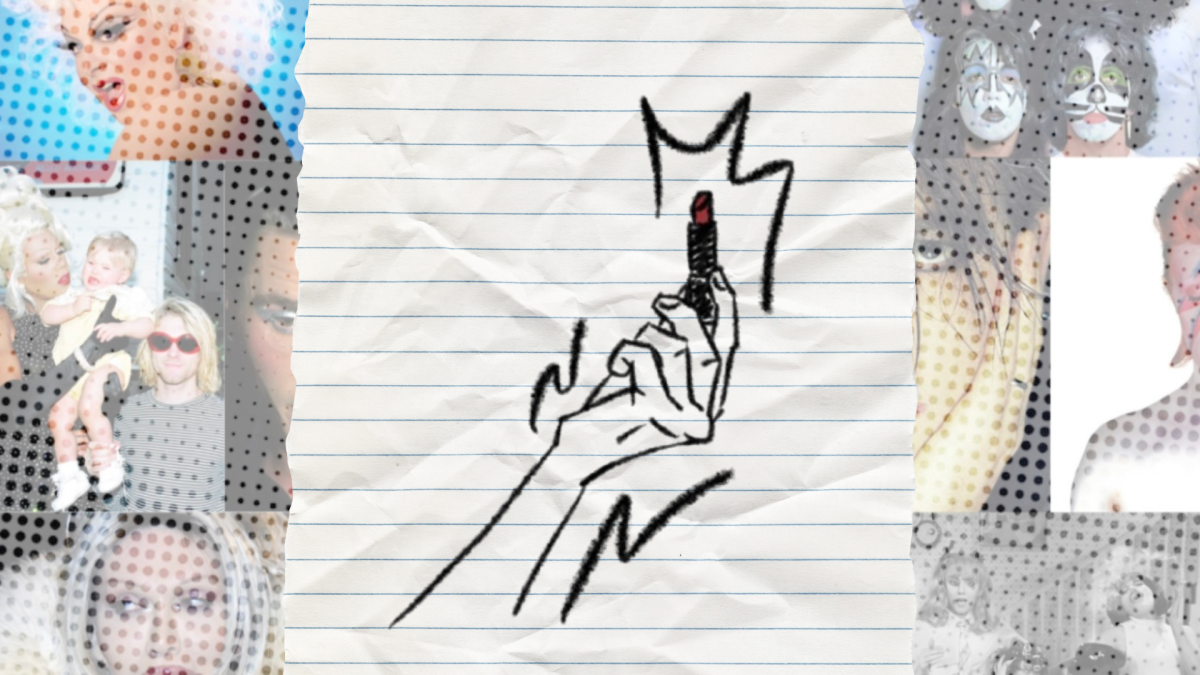
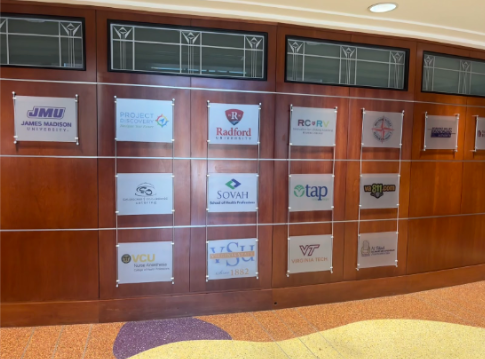
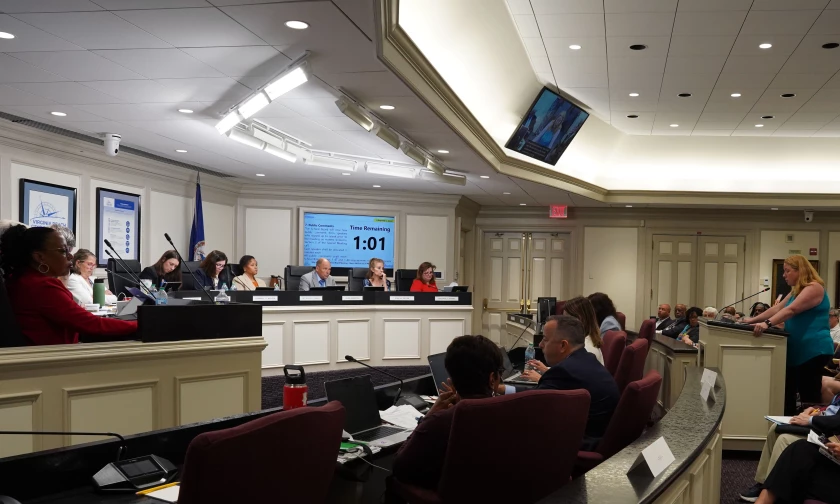



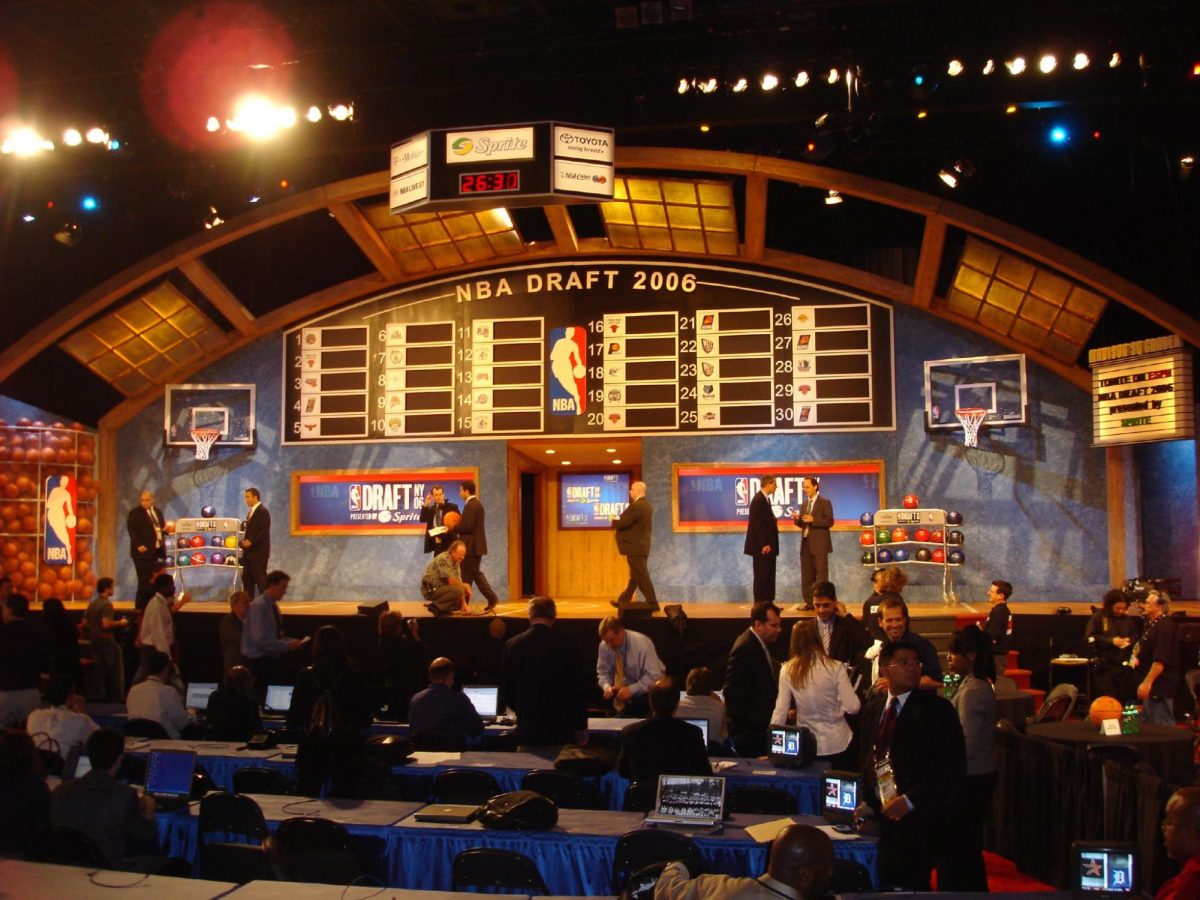

H.K. • May 20, 2025 at 8:11 am
I enjoyed your thoughts about this. Can you cite any specific examples of this actually happening in person, rather than citing sources that say what would happen. It is very well written, however.